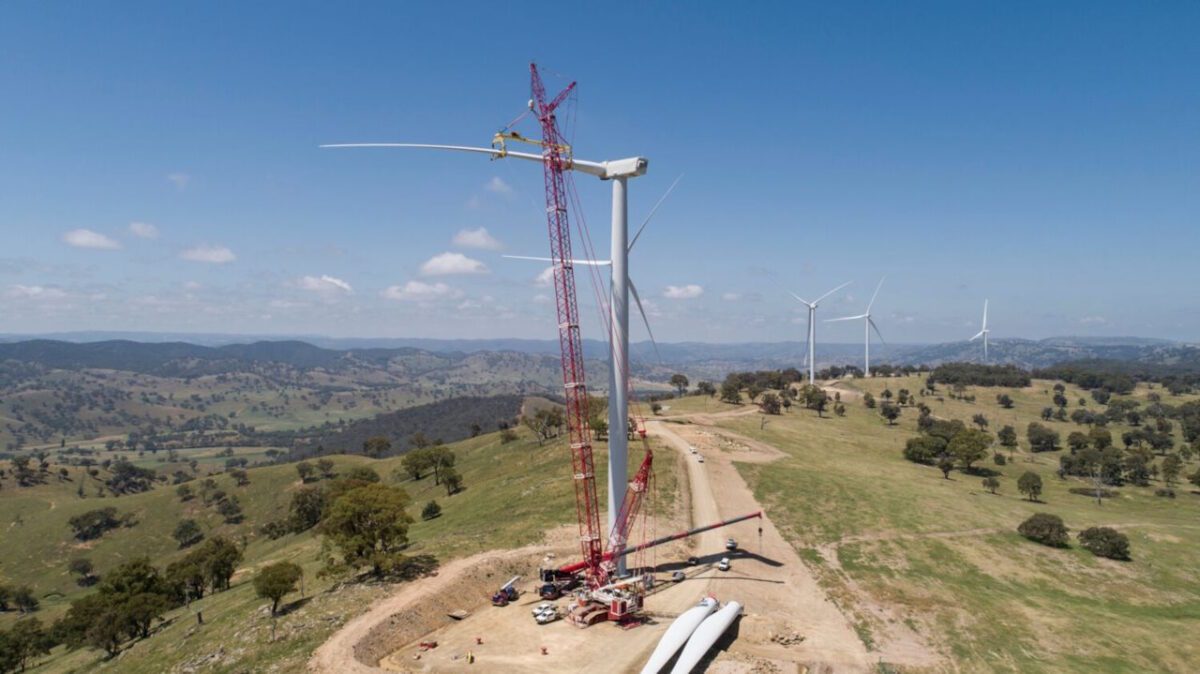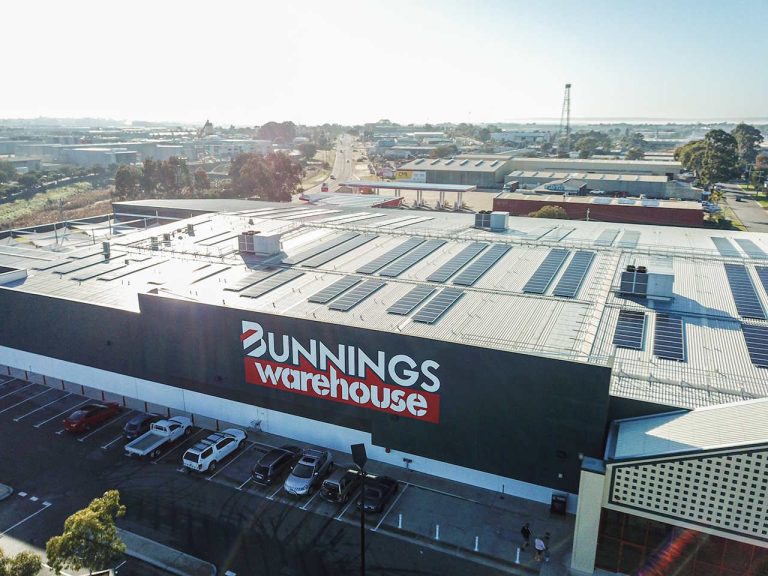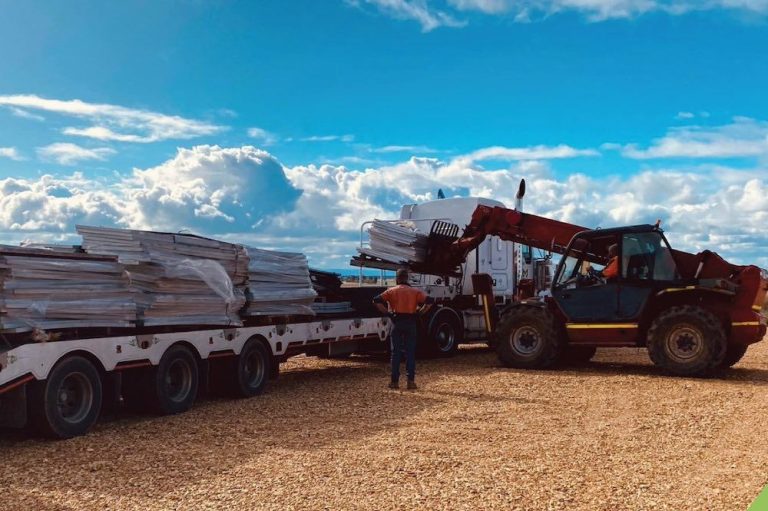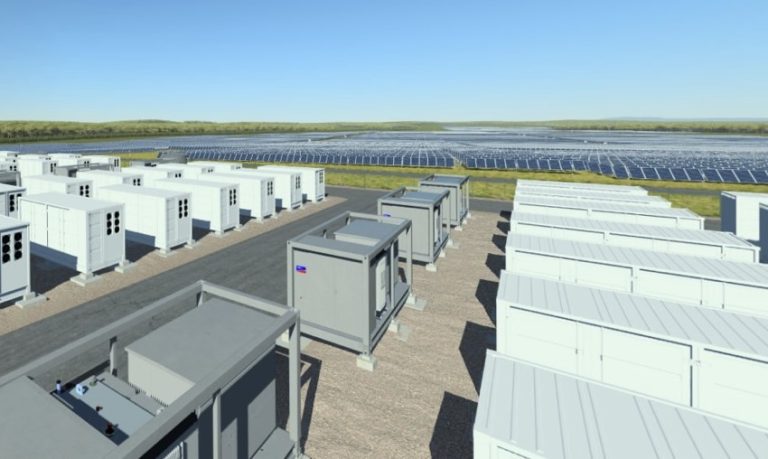Australia’s Renewable Energy Target at Risk Amid Slow Progress and Buyer Hesitation
To achieve its goal of 82 per cent renewable energy by 2030—double the current figure—Australia must implement rapid changes. Rystad Energy, a prominent energy consultancy, has released a concerning report highlighting the slow progress in renewable energy projects, particularly in wind energy, alongside challenges such as sluggish transmission development and a reluctance from utilities and corporate clients to invest.
The report suggests that, under current conditions, Australia may only reach 60 per cent renewables by 2030, with the 82 per cent target potentially being delayed until 2037. This comes despite the federal government’s efforts to enhance its flagship Capacity Investment Scheme (CIS).
Concerns Over Project Viability
While some analysts believe the 82 per cent target could be missed by just a year or two, Rystad’s outlook is notably pessimistic. Analyst David Dixon points out that there is little evidence that the CIS is effectively bringing new projects to fruition. He suggests that the initial winners of the CIS tender bid too low, making it difficult for them to secure financing based solely on their agreements.
Moreover, neither corporate buyers nor energy retailers are committing to off-take contracts at the proposed prices, leading to a standstill in new project developments. Dixon expresses concern that the competitive nature of the CIS has resulted in projects that are financially unviable, as those who won the tender may struggle to find power purchase agreements (PPAs) necessary for funding.
Wind Industry in Crisis
The wind sector is particularly affected, with no new projects reaching financial closure in 2025 and no construction commencing this year within the National Electricity Market. In Victoria, the first major wind project approval in three years has been granted, but it still faces federal environmental assessments. Meanwhile, in Queensland, previously approved wind farms are being scrapped by the state government.
Despite facing hurdles in approvals and social acceptance, the primary issue remains the rising costs of wind technology, which have escalated to over $100 per megawatt hour, making it unappealing for investors. Dixon emphasises that the current costs render wind energy uncompetitive, leading to a lack of new PPAs and halting project construction.
Challenges in Transmission and Investment
Australia needs to ramp up its renewable energy capacity by approximately 5 gigawatts annually, yet historical data shows that approvals rarely exceed 3 GW, with construction not surpassing 2.5 GW per year. While solar energy presents a more optimistic outlook due to decreasing costs, the increasing share of renewables necessitates solar farms to be paired with four-hour battery storage, complicating the situation further.
Transmission projects are also lagging, with costs surging by at least 50 per cent. The south-west renewable energy zone in New South Wales exemplifies these challenges, as it awaits a delayed connection from South Australia, leaving numerous wind projects without the necessary grid capacity.
Government Initiatives and Industry Response
In response to the investment stagnation, Federal Energy Minister Chris Bowen has proposed increasing the CIS capacity from 32 GW to 40 GW and expediting the tender process. However, analysts argue that the CIS needs stricter penalties for project owners who fail to deliver due to underbidding, suggesting a bond of $10 million should be mandated to ensure accountability.
Additionally, the reluctance of major utilities to invest in new wind and solar projects, despite plans to close coal-fired generators, has contributed to the current stagnation. Dixon notes that the rate of new PPAs is at a decade low, exacerbated by the recent shift in Queensland’s government, which has cancelled several renewable projects and is dismantling the state’s renewable energy targets.
Future Prospects and Industry Dynamics
Despite these challenges, there is hope that new entrants, such as China’s Envision, could introduce competition in the wind turbine market and help mitigate rising costs. However, establishing a foothold in Australia’s complex regulatory environment may take time.
Bowen remains optimistic about achieving the 82 per cent renewable target by 2030, citing a robust pipeline of projects and the success of initiatives like the battery rebate scheme. He acknowledges the need for ongoing efforts to enhance community engagement and social licence, emphasising that the target is intended to drive investment and decision-making.
As the industry navigates these challenges, the focus remains on ensuring that the ambitious renewable energy goals are met, with a concerted effort required from all stakeholders involved.






